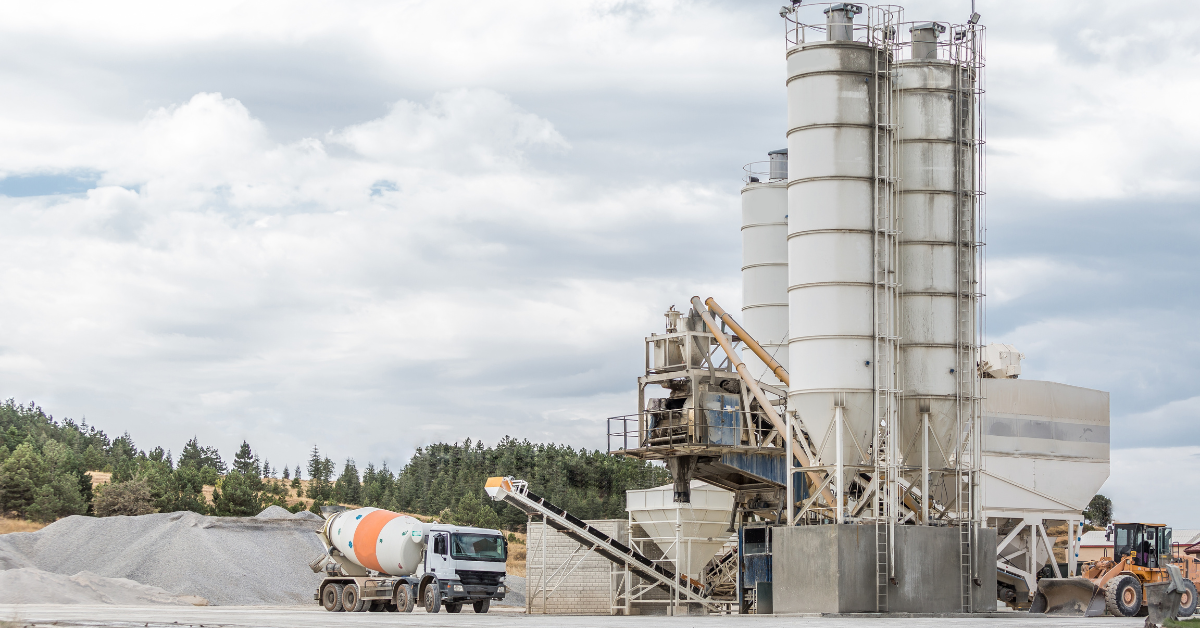In our latest video, hear Dr James Hall, Head of Research for Carbon Clean, explore the ways that Carbon Clean's proprietary solvent technology can help this unique industry reduce its emissions and make an impact on our world.
What are some of the steel industry’s core challenges when it comes to carbon capture and can solvent-based carbon capture help?
Unlike many other post-combustion processes, the flue gas from a steel blast furnace contains significant concentrations of carbon monoxide and hydrogen, as well as carbon dioxide and air. Carbon monoxide and hydrogen are valuable gases as they contain energy which can be used in other processes to generate heat or be converted into chemicals.
Extracting and utilising the value of carbon monoxide and hydrogen from the blast furnace gas is a primary challenge within the steel industry. Solvent-based carbon capture can help achieve this by removing the carbon dioxide from the blast furnace gas and, in the process, increasing the concentration of carbon monoxide and hydrogen in the gas stream, which in turn increases its value.
How does using solvent-based carbon capture technology help the steel industry reach the goal of achieving net zero emissions?
The iron and steel sector is energy-, and hence, carbon-intensive, with coal accounting for 75% of its energy inputs today. Carbon dioxide emissions arise directly from both the combustion of fuel to generate the heat and energy required, as well as from the use of feedstocks and materials consumed in the process. This amounts to around 2.6 gigatonnes of direct CO2 emissions annually from the iron and steel sector.
Applying solvent-based carbon capture technology to iron- and steel-making processes can reduce the direct CO2 emissions significantly — in fact, for the world to achieve net zero emissions by 2050 as per the 2016 Paris Agreement, industrial CO2 emissions will need to fall by around 45% by 2030 alone.
What are the core benefits that using solvents gives the steel industry?
Solvent-based carbon capture technology has the ability to achieve CO2 capture efficiencies above 90% and high selectivity of CO2 over other components in the gas stream. This results in the production of higher value off-gas streams that can be utilised for their energy content.
If the off-gas is recycled back into the blast furnace as a fuel gas, it can increase the energy efficiency of the steel production process whilst also lowering the direct CO2 emissions.
How can Carbon Clean’s APBS-CDRMax® solvent benefit a steel plant in capturing carbon?
APBS-CDRMax® is a low-cost, high-performance carbon capture solvent, which compared to the industry standard solvent technologies available, requires lower energy inputs and smaller equipment sizing. It has a longer solvent lifetime, lower emissions to the atmosphere and fewer solvent make-up requirements. This makes APBS-CDRMax® a greener and more economically viable solution than competing solvent technologies within the iron and steel sector.
Has a steel plant successfully implemented Carbon Clean’s technology?
Carbon Clean has recently commissioned a pilot plant at a steel facility in India, to capture 5 tonnes of CO2 per day from a steel blast furnace gas. The captured CO2 will be utilised onsite to create a local circular carbon economy.
Looking to learn more about the role of solvents in carbon capture and how they can help the steel industry achieve net zero? Download our eBook, The Key to Efficient Carbon Capture: High-Performance Solvents, to learn how Carbon Clean's proprietary solvents are making an impact.



